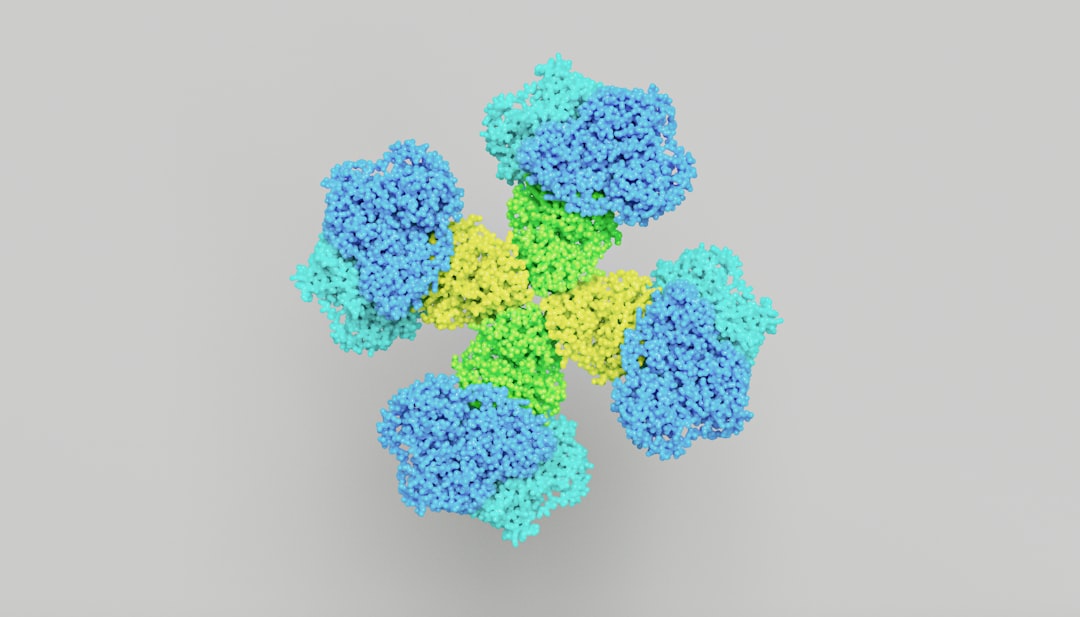What is it about?
Experimental characterization of Mode-I cohesive fracture constitutive laws is an essential issue for the mechanical definition and analysis of adhesive joints. Experimental data are usually interpreted by theoretical models whose reliability depends on the quality of the performed experiments. Such an approach could compromise the use of tests not fulfilling its basis hypothesis. The paper presents a strategy for the characterization of Mode-I cohesive laws regardless of the specific features of experimental data, thus, overcoming the drawbacks of approximate strategies. Based on an inverse finite element analysis, it is capable to post-process experimental records of Double Cantilever Beam (DCB) delamination tests.
Featured Image
Why is it important?
Quality of experimental data is a feature which is usually checked after that the experimental test has been carried out. If the recorded data do not fulfill the hypothesis of the standard procedures usually employed for the constitutive law identification, the experiment results useless. The proposed approach has proved to be stable even for bad quality records, thus, it results more efficient than the standard procedures.
Perspectives
Extensions of the strategy for Mixed Mode, Mode-II (in plane shear) and Mode-III (out of plane shear) delamination is currently under investigation. This would allow for a complete characterization of adhesive joints in order to perform real-scale finite element analysis of bonded assemblies.
Dr Salvatore Sessa
Universita degli Studi di Napoli Federico II
Read the Original
This page is a summary of: Identification of mode-I cohesive parameters for bonded interfaces based on DCB test, Engineering Fracture Mechanics, May 2013, Elsevier,
DOI: 10.1016/j.engfracmech.2013.02.008.
You can read the full text:
Resources
Contributors
The following have contributed to this page










